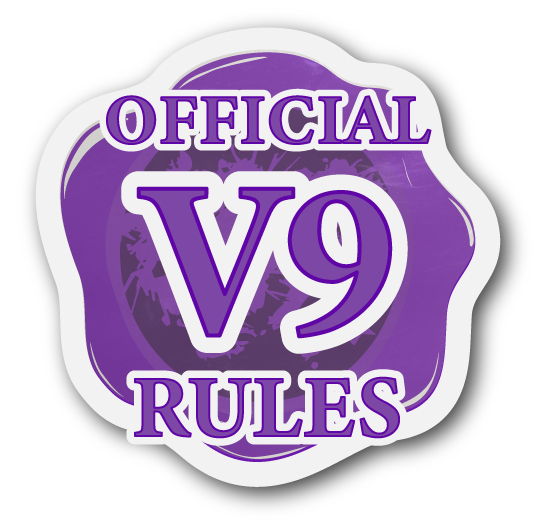Difference between revisions of "V9: Padding"
m (Wunjo's first pass) |
m (→Foam-Types) |
||
| Line 3: | Line 3: | ||
All Amtgard [[V9: Weapons|weapons]] and [[V9: Shields|shields]] require some amount of padding to prevent player injuries. In this context, padding refers to either [[V9: Strike-Legal| Strike-Legal]] Padding or [[V9: Incidental Padding| Incidental]] Padding. The type required will determine which materials are acceptable to use for this purpose. If a piece of equipment requires simply "padding", "foam" or "cushioning" with no other description, then you can meet that padding requirement with either of the above types. | All Amtgard [[V9: Weapons|weapons]] and [[V9: Shields|shields]] require some amount of padding to prevent player injuries. In this context, padding refers to either [[V9: Strike-Legal| Strike-Legal]] Padding or [[V9: Incidental Padding| Incidental]] Padding. The type required will determine which materials are acceptable to use for this purpose. If a piece of equipment requires simply "padding", "foam" or "cushioning" with no other description, then you can meet that padding requirement with either of the above types. | ||
| − | =====<big><u>Foam-Types</u></big | + | =====<big><u>Foam-Types</u></big>===== |
The most common form of padding is Foam, and some equipment specifically requires foam to be used. | The most common form of padding is Foam, and some equipment specifically requires foam to be used. | ||
Revision as of 06:32, 2 February 2023
- The Amtwiki is the official home and primary source for Amtgard V9 Rules as of February 25, 2023.
- These rules are currently in Open Alpha Playtest. See the Playtest Disclaimer for more details.
- To learn more about Amtgard V9 Development, please visit Amtgard.com.
- To view the current Amtgard V8 ruleset, please see the Amtgard V8 Rulebook.
Padding, Foam, and Cushioning
All Amtgard weapons and shields require some amount of padding to prevent player injuries. In this context, padding refers to either Strike-Legal Padding or Incidental Padding. The type required will determine which materials are acceptable to use for this purpose. If a piece of equipment requires simply "padding", "foam" or "cushioning" with no other description, then you can meet that padding requirement with either of the above types.
Foam-Types
The most common form of padding is Foam, and some equipment specifically requires foam to be used.
Two different types of foam are referenced in this rulebook: Open-Cell foam and Closed-Cell foam. Since foams come in a variety of densities and firmness, it is important to establish what is expected when the rules call for a certain type of foam to be used. These specific definitions are listed here as "Approved Open Cell" and "Approved Closed Cell".
- Approved Open-Cell Foam is soft, breathable, and squishy while also being firm enough to provide a noticeable layer of extra cushioning and comfort to strikes. It should not be able to compress enough to feel the material beneath it during a typical strike.
- Open-Cell Foam cannot be used on its own to pad a weapon.
- The most common form of open-cell foam is upholstery foam, typically used in furniture, and charcoal foam, which is often sold for transporting equipment & miniatures or for sound-proofing. Both foams can vary widely in terms of density and firmness so it is important to choose one that meets the requirements outlined above. Less dense open-cell foam can still be used as part of construction but it will not count towards any mandatory open-cell requirements.
- Approved Closed-Cell foam is sturdy and firm yet visually compressible when tested with the pads of fingers. It should not be able to compress enough to feel the material beneath it during a typical strike.
- The most common form of closed cell foam is polyethylene, typically found in stores in the form of Pool Noodles or Pipe Insulation.
- Very dense or rigid closed-cell foam can still be used as part of a structural core but it will not count towards any mandatory closed-cell requirements. Polystyrene (hard TV packaging) is an example of a foam that is too rigid.
